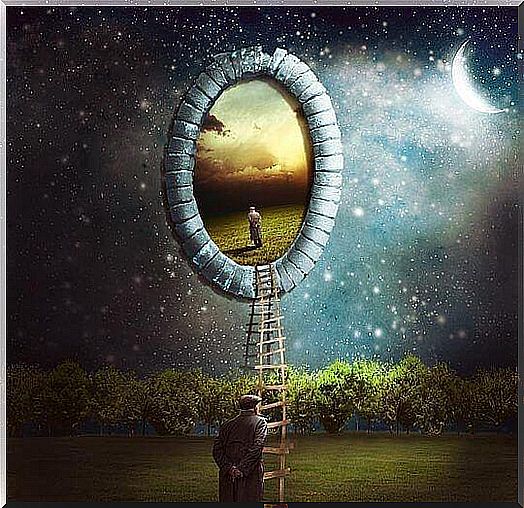I Have So Much To Say That If I Shut Up I Get Subtitles

Sometimes we have so much to say that because we do not know how to express it, we retain those thoughts and feelings for so long that we are able to express them without the need to put words to them. It is easy for this to happen, since verbal communication is only a small percentage of our emotional communication.
We are capable of expressing with looks, gestures, postures and attitudes much more than putting letters to our thoughts and feelings. Communication is very versatile and broad, so in that sense we can say that even though we shut up, there are hundreds of indicators that will do the job of subtitling and transmitting a message.
This in principle is not bad, because it is not always appropriate or necessary to put words to what we feel or think to transmit it to others. In this sense, emotional communication has many possibilities, and it is very wide.

What we need to know to sharpen our communication skills
As we have been saying, emotional communication is very broad and needs various anchors such as facial expression, movement, gestures, touch, choice of words, tone of voice, metaphors, etc.
The most difficult connection attempts are those that are hidden by anger or sadness. There are many reasons why we do not want to express our feelings when they are mixed with negative experiences or emotions.
At other times we think our feelings are too scary or upsetting to express. We may even find it unfair to burden the people around us with “unimportant” emotional issues and feelings .
In addition, we may not even know how to find words to imply what is happening to us or that we feel that if we make our feelings a reason for communication, we will lose intimacy and privacy.

When we have so much to say, it shows
However, as we have commented, the fact that we try to hide our feelings does not imply that they are not noticed, especially because when they overflow, they become evident and we have so much to say but we keep quiet.
It is not difficult for us to imagine how hostility is palpable behind sarcasm or how a person who looks away and smiles may be in love with someone but does not want to admit it.
Both communicating and reading emotional information requires that:
- Let’s pay attention to the face and facial expressions.
- Let’s interpret movements and gestures.
- We give importance to the language of touch.
- Let’s pay attention to what the voice reveals.
- Let’s transform feelings into words.
- Let us know how to listen to ourselves and to listen to others.

Ultimately, communicating well emotionally requires more than just pronouncing the right words, as we need to both send and receive non-verbal messages accurately. We rarely use only facial or gestural expression to communicate, but we do so globally.
That is why it is important that we synchronize all these issues in order to express what we feel in the heart and improve our general emotional state. Tears that are not cried and words that are not spoken can become overwhelming and, above all, lead to misunderstandings and unnecessary emotional isolation.
When we become skilled communicators, our bonds improve, as well as our way of seeing life and contemplating conflicts. This helps us to feel better and to know how to listen to ourselves, which although it requires effort, is very worth it.
Have you ever acted repressing what you had so much to say?









